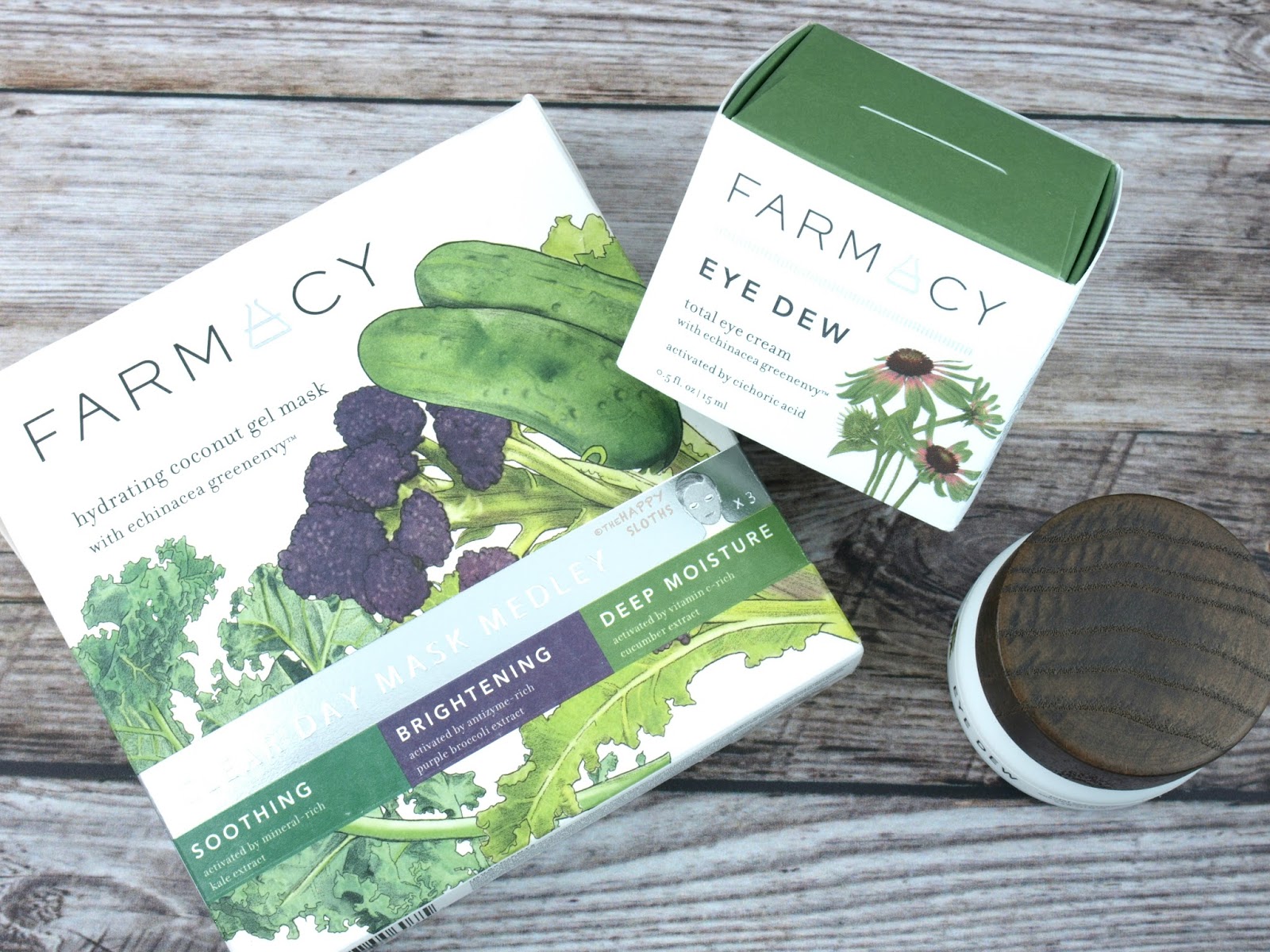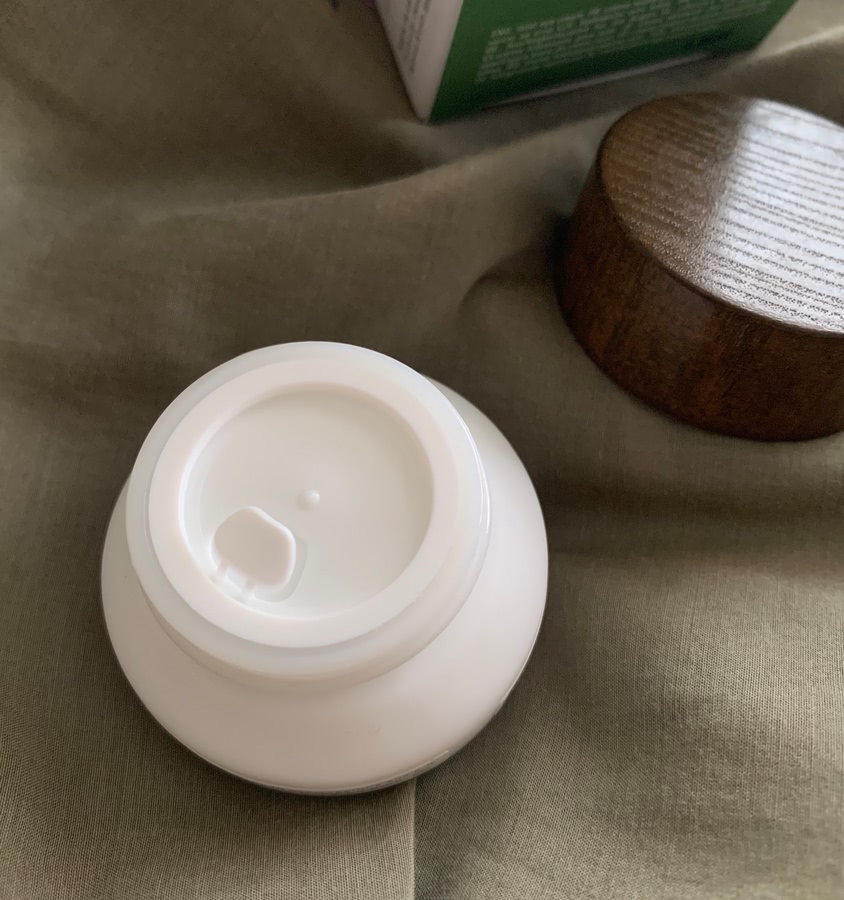

“Eye skin is more sensitive and thinner,” dermatologist Mona Gohara, M.D., explains to Bustle.
:max_bytes(150000):strip_icc()/cdn.cliqueinc.com__cache__posts__268580__best-creams-for-puffy-eyes-268580-1537895256320-product.700x0c-9a399c370b004e29ac10acc7f627e577.jpg)
But the retinol treatments and creams you use on your face aren’t always suitable for the delicate skin underneath your eyes. The Court imagined the possibility that there may be instances where a mark is so strong in the marketplace that the use of an identical mark by itself may cause confusion.Retinol has long been hailed as the gold standard in skin care for its ability to speed up skin cell turnover and increase collagen production. The district court dismissed Arcona’s trademark infringement and unfair competition claims with prejudice at Arcona’s request. The Ninth Circuit’s opinion serves as an important reminder that a court may not find likelihood of confusion based merely on the use of an identical mark on two products rather, courts look to the marks as they appear in the marketplace, including each product’s design and packaging. The Ninth Circuit affirmed the district court’s partial grant of summary judgment. The Ninth Circuit held that the district court properly compared the products as a whole, rather than limiting its analysis to the identical EYE DEW marks, as advocated for by Arcona because marks should be considered in their entirety as they appear in the marketplace. Although the eye cream products compete in the same industry and geographic market, the Court noted the differences between the packaging, sizes, colors, and shapes of the eye cream products and that the respective housemarks reduced the likelihood of confusion. Evidence of other companies using the phrase EYE DEW in the beauty industry further underscored that EYE DEW is not a unique or strong mark, and there was no evidence that Farmacy’s use of the EYE DEW mark was intentional. § 1114, which requires a likelihood of confusion.Īrcona’s alternative argument – that the district court erred in not presuming a likelihood of confusion based on Farmacy’s use of an identical mark – was rejected by the Ninth Circuit because “there may be no presumption of consumer confusion if the products themselves are not identical.” § 1114, which addresses both trademark infringement and counterfeiting, requires a showing of “likely to cause confusion.” Although the Ninth Circuit had not yet expressly held a counterfeiting claim to require a showing of likelihood of confusion, the Court found that a counterfeiting claim should be construed the same as an infringement claim under 15 U.S.C. § 1114, and the plain language of 15 U.S.C. §§ 1116(d) and 1117 – that establish remedies for counterfeiting do not specifically mention “likelihood of confusion.” The Ninth Circuit rejected this argument because both of the statutory sections cited by Arcona refer back to a civil action under 15 U.S.C. Arcona argued it didn’t need to show a likelihood of confusion because two sections of the Lanham Act – 15 U.S.C. On appeal the Ninth Circuit considered whether a trademark counterfeiting claim under the Lanham Act requires a likelihood of confusion. Cal.). The district court granted partial summary judgment for Farmacy on the trademark counterfeiting claim after finding that a reasonable consumer would not confuse Farmacy’s EYE DEW product with Arcona’s EYE DEW product due to differences in the branding and packaging of each product.

In August 2016, Arcona sent Farmacy a cease-and-desist letter demanding that Farmacy stop selling its EYE DEW product due to Arcona’s EYE DEW trademark. After the parties failed to reach a settlement agreement, in September 2017, Arcona sued Farmacy in the Central District of California for trademark counterfeiting, trademark infringement, and unfair competition under the Lanham Act, and unfair competition under California state law. Both Arcona’s bottle and packaging contain the trademark EYE DEW as well as Arcona’s housemark. In March 2015, Arcona, Inc., a California corporation, registered the trademark “EYE DEW” in standard characters for its skin care products. Arcona sells its EYE DEW product, an eye cream, at Nordstrom in the United States and at Sephora in Australia and Asia in a tall, cylindrical silver bottle and packaged in a tall, rectangular cardboard box.

Farmacy’s EYE DEW eye cream is sold at Sephora in the United States in a short, wide, white jar with white squarish packaging that displays an Echinacea green envy plant. Both the jar and packaging contain the phrase EYE DEW and Farmacy’s housemark.


 0 kommentar(er)
0 kommentar(er)
